





We’ve already talked about displacement reactions with Halogens (Group 7) however now, we’re going to talk about metal and metal oxide displacement reactions.
Copper is found in rocks. However in order to extract the copper, we can’t simply smash it and pick up the pieces, we have to use chemicals.
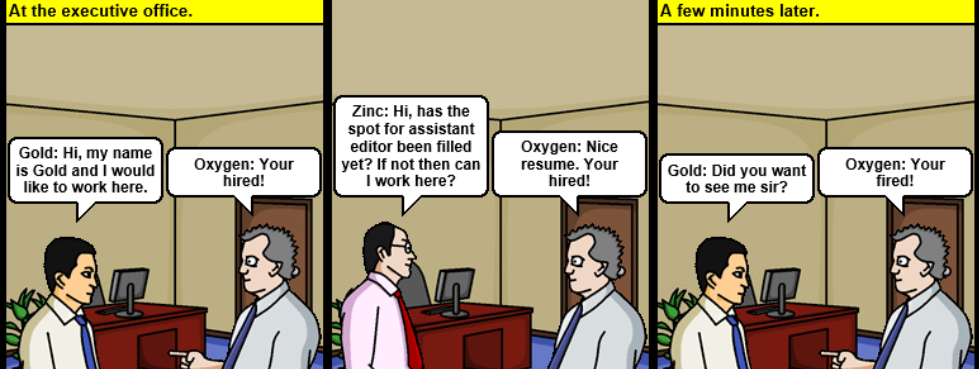
Metal Displacement Reaction
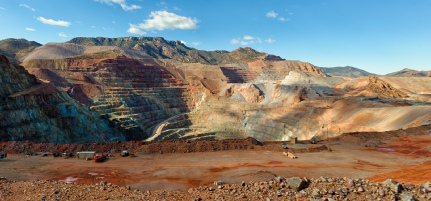
The first thing we do, is add sulphuric acid to the rock.
Copper + Sulphuric acid → Copper sulfate + Hydrogen
Cu + H2SO4 →CuSO4 + H2
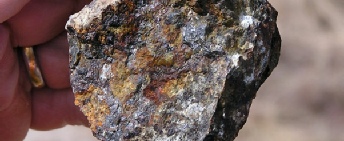
Once we have Copper sulfate, we can add iron to the equation. This will give us Iron sulfate and Copper.
Iron + Copper Sulfate →Iron Sulfate + Copper
Fe + CuSO4 → FeSO4 + Cu
Copper Sulfate →Iron Sulfate + Copper
Fe + CuSO4 → FeSO4 + Cu
Is a displacement reaction. The more ‘reactive’ metal iron ‘kicks off’ or Displaces the copper atom in the compound.
Similarly to halogens, the more reactive metal kicks off the less reactive metal.
Most reactive
Potassium
Sodium
Lithium
Calcium
Magnesium
Aluminium
Zinc
Iron
Lead
Copper
Silver
Gold
Un reactive
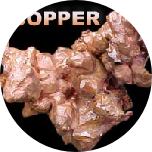
Some metals are more reactive than others. The list to the left, shows metals from most to least reactive.
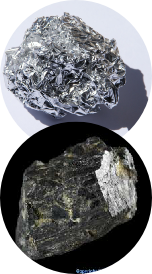
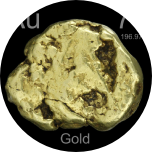
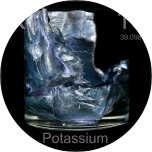
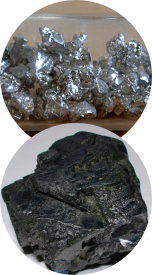
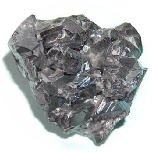
Try out the following questions.
Fill in the blanks
a. Iron + Copper Sulfate →Iron Sulfate + Copper
b. Magnesium + Copper sulfate → _________ Sulfate + _______
c. Zinc + Silver sulfate → _________ Sulfate + ________
d. Aluminium + Iron chloride → ________ _________ + ________
e. Copper nitrate + Lead → ________ __________ + ________
f. Copper + Magnesium chloride → ________ _______ + ________
g. Zinc + Zinc Chloride → ________ __________ + _______
h. _______ + Iron sulfate → Zinc Sulfate + ________
i. Copper + Silver ______ → _______ chloride + _______
j. Aluminium + ______ _______ → ______ chloride + Iron
Some metals are more reactive than others. The list to the left, shows metals from most to least reactive.